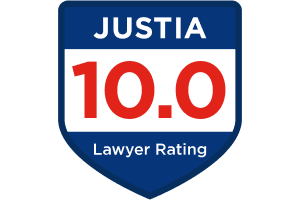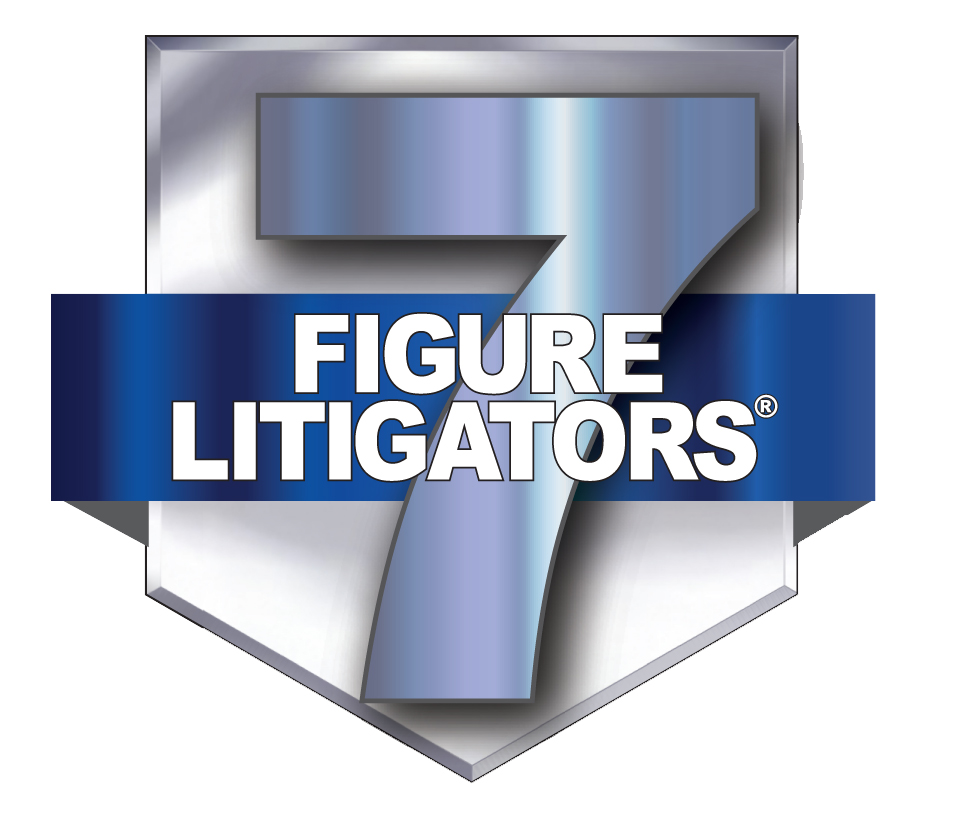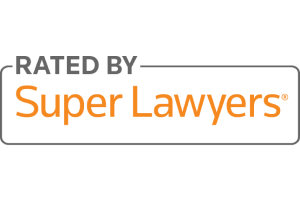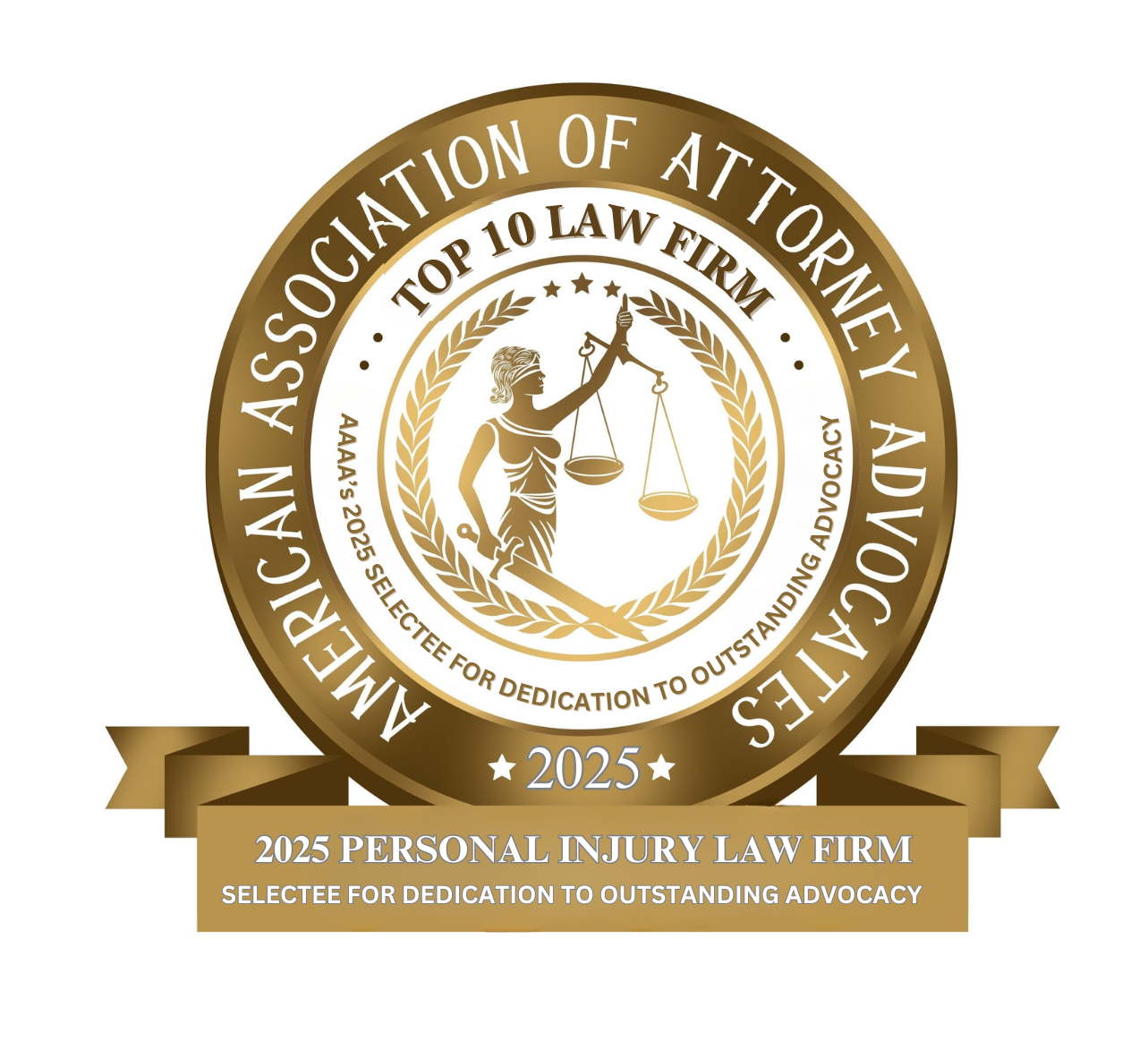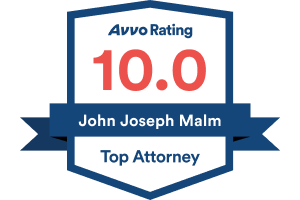- Free Consultation: (630) 527-4177 Tap Here to Call Us
Different Types of Car Accident Passenger Claims

Passengers injured in car accidents have legal rights that are distinct from the driver’s. Because passengers didn’t control the vehicle or the driving choices, their claims often focus on the driver(s), vehicle owners, employers, and sometimes third parties like manufacturers or municipalities. In this blog, we discuss the most common types of passenger claims, who can be held responsible, the kinds of injuries passengers suffer, typical evidence and damages, and practical steps to protect a claim after a crash.
“Passengers put their trust in drivers and in the safety of the vehicle. When that trust is violated by negligence, passengers deserve full accountability and compensation to rebuild their lives.” — John J. Malm, Naperville car accident attorney
1) Passenger Claims Against Another Driver
The most common passenger claim is a negligence suit against the person who caused the crash. To win, the passenger (plaintiff) must show that the driver breached a duty of care (e.g., speeding, distracted driving, DUI), that the breach caused the crash, and that the passenger suffered compensable harms (medical bills, lost wages, pain and suffering).
Typical evidence needed includes:
- Police crash report
- Photographs and video (including doorbell or dashcam footage)
- Medical records and bills
- Eyewitness statements (other passengers, drivers, pedestrians)
- Cellphone records or app data (if distracted driving is alleged)
Damages passengers commonly seek:
- Medical expenses (past and future)
- Lost income and loss of earning capacity
- Pain and suffering / emotional distress
- Costs for ongoing care or rehabilitation
- In catastrophic cases: long-term care or life-care planning
2) Claims Against the Driver of the Vehicle the Passenger Was In
If the driver of the vehicle carrying the passenger was negligent, the passenger can sue that driver directly. In some cases, passengers may be able to extend liability to the vehicle owner (for example, under “permissive use” or negligent entrustment). If someone lent their car to a friend who then caused a wreck, the vehicle owner can sometimes be liable, especially when the owner knew the driver was incompetent or unlicensed.
Key points:
- Owner-employee relationships: if the at-fault driver was working (e.g., making deliveries), the employer can be vicariously liable.
- Negligent entrustment: if an owner knowingly allowed an unfit driver to use the car, that can support a claim.
3) Passenger Claims Against Third-Parties
Passengers are not limited to suing the driver of their own car. If another driver caused the collision, by running a red light, rear-ending, or unsafe lane change, the passenger can pursue that driver and any related parties (insurance companies, employers of commercial drivers, etc.).
Scenarios where third-party claims arise:
- Multi-vehicle collisions where fault is shared or disputed
- Crashes caused by commercial vehicles (trucking, delivery vans)
- Accidents where a municipality’s poor road design or a defective traffic signal contributed to the crash
When a commercial vehicle is involved, the passenger’s claim may also target the company (vicarious liability), unsafe hiring/training practices, or failure to follow federal safety rules.
4) Product Liability Claims
If a vehicle defect contributes to a passenger’s injury, for example if an airbag that failed to deploy, seatbacks that collapse, or fuel-system defects that cause a post-crash fire, passengers can bring product liability claims against manufacturers, parts suppliers, or distributors. Product-liability cases rely on proving the product was defective (design, manufacturing, or failure to warn) and that the defect caused the injury.
Common examples:
- Airbag nondeployment or improper deployment
- Defective seatbelt or anchor failures
- Burns from post-crash fires due to fuel system defects
Product cases require preservation of the vehicle (or parts), expert engineers, and often manufacturer discovery.
5) Claims Involving Uninsured/Underinsured Drivers

Passengers should pay close attention to available insurance coverages:
- The at-fault driver’s liability insurance
- The vehicle owner’s policy (if different)
- Personal injury protection (PIP) or medical payments (MedPay) coverage on the vehicle’s insurance
- Uninsured/underinsured motorist (UM/UIM) coverage, which can be critical when the at-fault driver lacks sufficient insurance
Because passengers may be covered under multiple policies (their own auto policy, the vehicle’s policy, employer policies), skilled legal analysis is needed to maximize recovery and avoid gaps.
6) Wrongful Death Claims When a Passenger is Killed
If a passenger dies, the estate or certain family members can pursue wrongful death claims. Damages in wrongful death cases can include funeral and burial expenses, loss of financial support, loss of companionship, and sometimes punitive damages if the at-fault conduct was especially reckless.
Passengers accounted for roughly about 24% of passenger-vehicle occupant fatalities in the most recent NHTSA breakdown, highlighting that passengers frequently bear fatal consequences in crashes.
Common Passenger Injuries
Passengers commonly suffer:
- Head and traumatic brain injuries (TBIs)
- Neck and spinal injuries, including whiplash and fractures
- Broken bones and dislocations
- Internal organ injury and internal bleeding
- Soft-tissue injuries and chronic pain conditions
- Psychological injuries such as PTSD and anxiety
Because the forces involved in modern crashes can cause delayed symptoms (e.g., concussions that show up days later), preserving early medical documentation is critical.
Evidence That Strengthens a Passenger Injury Claim
- Prompt emergency-room or urgent-care records
- Imaging reports (CT, MRI, x-rays)
- Ambulance and EMS records
- Photographs of vehicle damage and injuries
- Video (dashcam, doorbell, traffic cameras)
- Statements from co-passengers and neutral witnesses
- Expert reconstructions for complex collisions
How Long Do Passenger Claims Take?
Every case is different. Simple liability and low-value claims can resolve in months, while complex cases with serious injuries, disputed liability, multiple defendants, or product-liability issues can take years, including discovery and expert analysis. While a speedy resolution is desirable, careful documentation and thorough investigation are what produce full and fair recoveries.
Frequently Asked Questions about Passenger Car Crashes
Q: As a passenger, can I sue the driver I was riding with?
Yes. If your driver was negligent (e.g., speeding or distracted driving), you can sue them. You may also have claims against the vehicle owner or other responsible parties depending on the situation.
Q: What if the driver I was in with was at fault but had no insurance?
You may be able to make a claim under your own UM/UIM coverage or certain coverages on the vehicle you were riding in. Passengers can also pursue the driver personally, but uninsured drivers often lack recoverable assets, so insurance coverage becomes critical.
Q: Can I recover for pain and suffering as a passenger?
Yes. Non-economic damages like pain and suffering, loss of enjoyment of life, and emotional distress are recoverable, along with economic damages like medical bills and lost wages.
Q: Will my claim be affected if I was partially at fault?
Yes. Your recovery may be reduced by your percentage of fault. Illinois follows modified comparative negligence with a 50% bar rule (if the plaintiff is 50% or more at fault, recovery is barred).
Contact the Top-Notch Illinois Car Accident Lawyers at John J. Malm & Associates
Passengers face unique challenges when it comes to car crashes: multiple insurance policies, shifting fault theories, and complex medical issues, but also have multiple paths to recovery. At John J. Malm & Associates, our top-rated Illinois car accident attorneys have decades of experience guiding injured passengers through every stage of their claim, preserving evidence, coordinating with medical experts, and negotiating with insurers to secure the compensation our clients need to heal and move forward.
Contact our office today for a free, confidential consultation to learn your rights and next steps. We will review your case, explain potential sources of recovery, and fight to protect your interests so you can focus on recovery.


